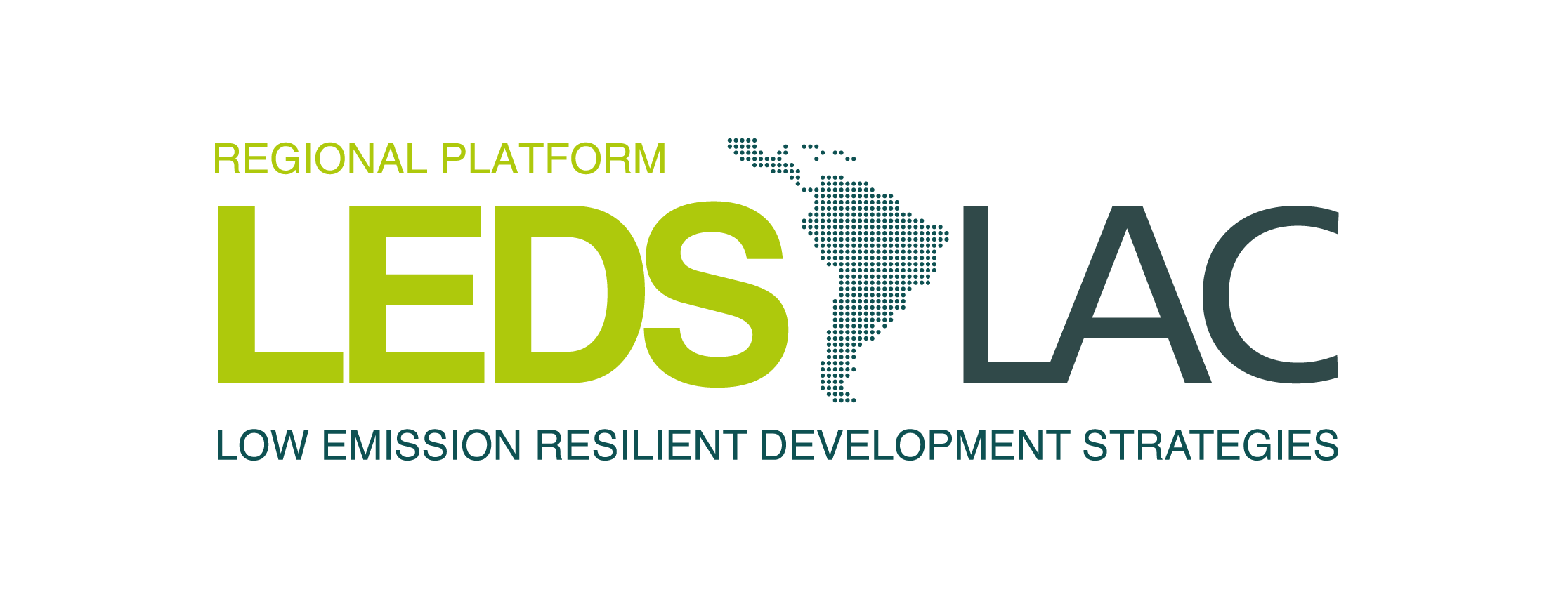[/fusion_text][/fusion_builder_column][fusion_builder_column type="1_1″ background_position="left top" background_color="" border_size="" border_color="" border_style="solid" spacing="yes" background_image="" background_repeat="no-repeat" padding="" margin_top="0px" margin_bottom="0px" class="" id="" animation_type="" animation_speed="0.3″ animation_direction="left" hide_on_mobile="no" center_content="no" min_height="none"][fusion_checklist icon="fa-check" iconcolor="#80bc00″ circle="no" circlecolor="" size="15px" size="15px" class="" id=""][fusion_li_item icon="fa-calendar"]]Date: Tuesday, December 6[/fusion_li_item][fusion_li_item icon="fa-clock-o"]Time: 10-11:30 am (Lima, Peru time)[/fusion_li_item][/fusion_checklist][fusion_separator style_type="none" top_margin="20px" bottom_margin="" sep_color="" border_size="" icon="" icon_circle="" icon_circle_color="" width="" alignment="center" class="" id=""/][/fusion_builder_column][fusion_builder_column type="1_1″ background_position="left top" background_color="" border_size="" border_color="" border_style="solid" spacing="yes" background_image="" background_repeat="no-repeat" padding="" margin_top="0px" margin_bottom="0px" class="" id="" animation_type="" animation_speed="0.3″ animation_direction="left" hide_on_mobile="no" center_content="no" min_height="none"][fusion_youtube id="3iPnFScVTaQ" width="600″ height="350″ autoplay="no" api_params="" class=""/][fusion_separator style_type="none" top_margin="20px" bottom_margin="" sep_color="" border_size="" icon="" icon_circle="" icon_circle_color="" width="" alignment="center" class="" id="""/][fusion_text]
Agenda
Introduction. Ana María Majano. Coordinator of the LEDS LAC Secretariat, Tropical Agricultural Research and Higher Education Center (CATIE).
The Regional Mechanism for the Adoption of Climate Shielding of Public Infrastructure in the countries of the Central American Integration System. Luis Diego Segura. Consultant, Central American Institute of Public Administration (ICAP). | Download Presentation
Implementation of climate proofing of local infrastructure: The cases of San Carlos de Panamá and Conchagua in El Salvador. Adriana Bonilla. Consultant, ICAP. | Download Presentation
About the Webinar
Climate proofing is a technical adaptation option that seeks to maintain the capacity of a system to function while the climate changes, ensuring the sustainability of investments (UNDP, 2010). It aims to reduce climate risks to acceptable levels by incorporating long-term, environmentally sound, economically viable and socially acceptable changes in one or more stages of a project cycle (Asian Development Bank, 2005).
In this webinar we will learn about the project "Regional mechanism for integrated risk management and adoption of climate proofing in public infrastructure", implemented by the Central American Institute of Public Administration (ICAP) and the Coordination Center for the Prevention of Natural Disasters in Central America (CEPREDENAC), with funding from the Inter-American Development Bank. Cases of application in San Carlos, Panama and Conchagua, El Salvador will be presented.
The webinar will be conducted in Spanish. For more information about the webinar, click here. If you have any questions about this event, please contact the LEDS LAC Platform Secretariat: [email protected]
About the panelists
Luis Diego Segura
Internationalist expert in international cooperation project management and local governance. Regional project officer.
Adriana Bonilla
Geographer expert in risk management and climate change. Consultant of the project for the adoption of climate proofing.[/fusion_text][/fusion_builder_column][/fusion_builder_row][/fusion_builder_container].
